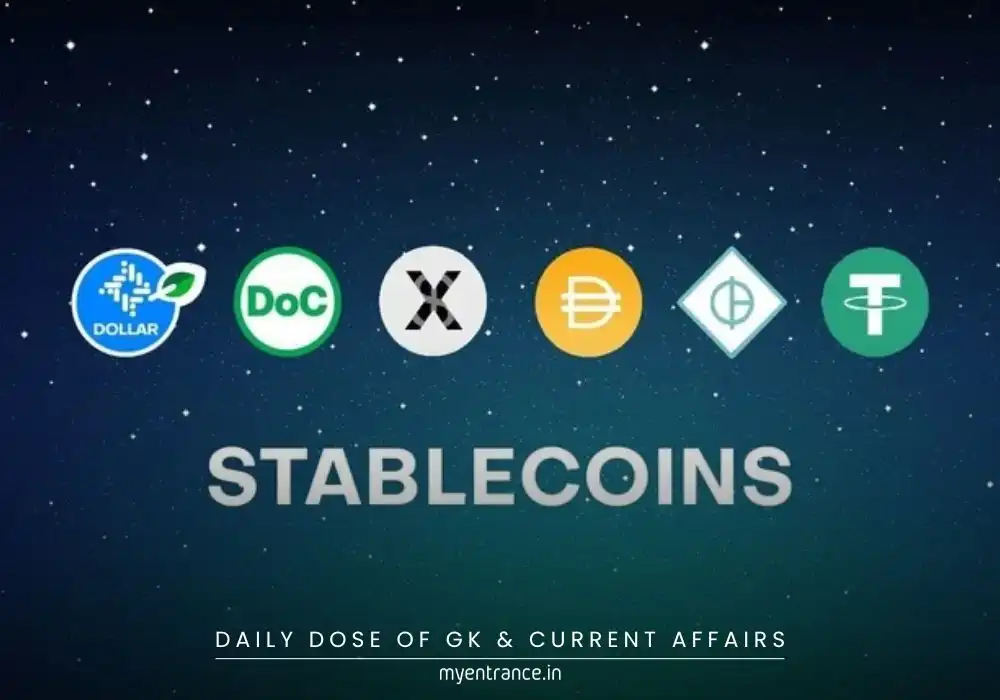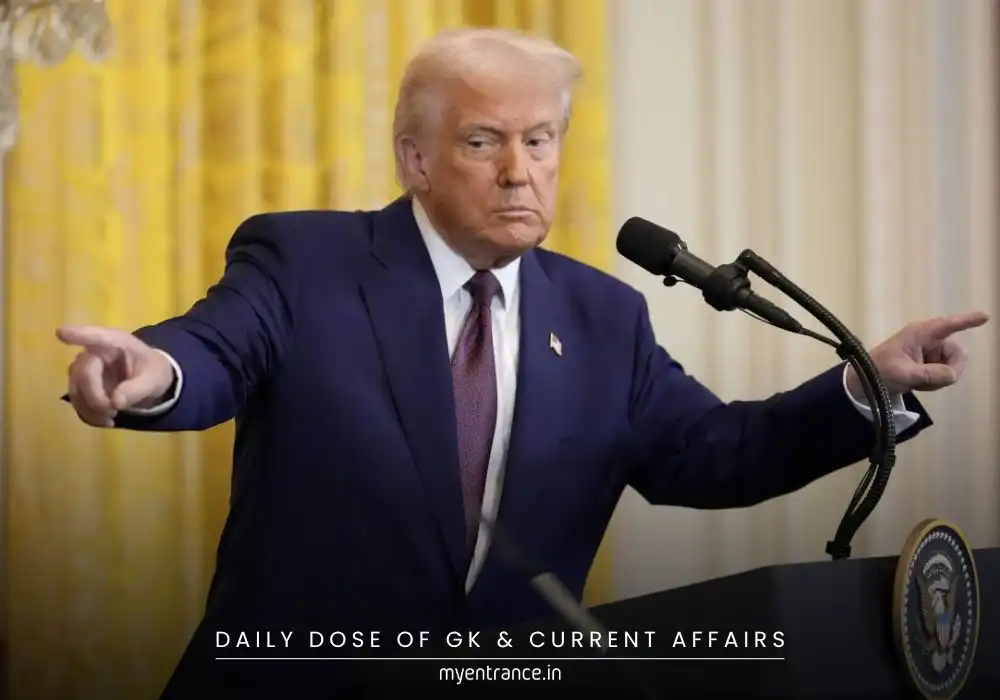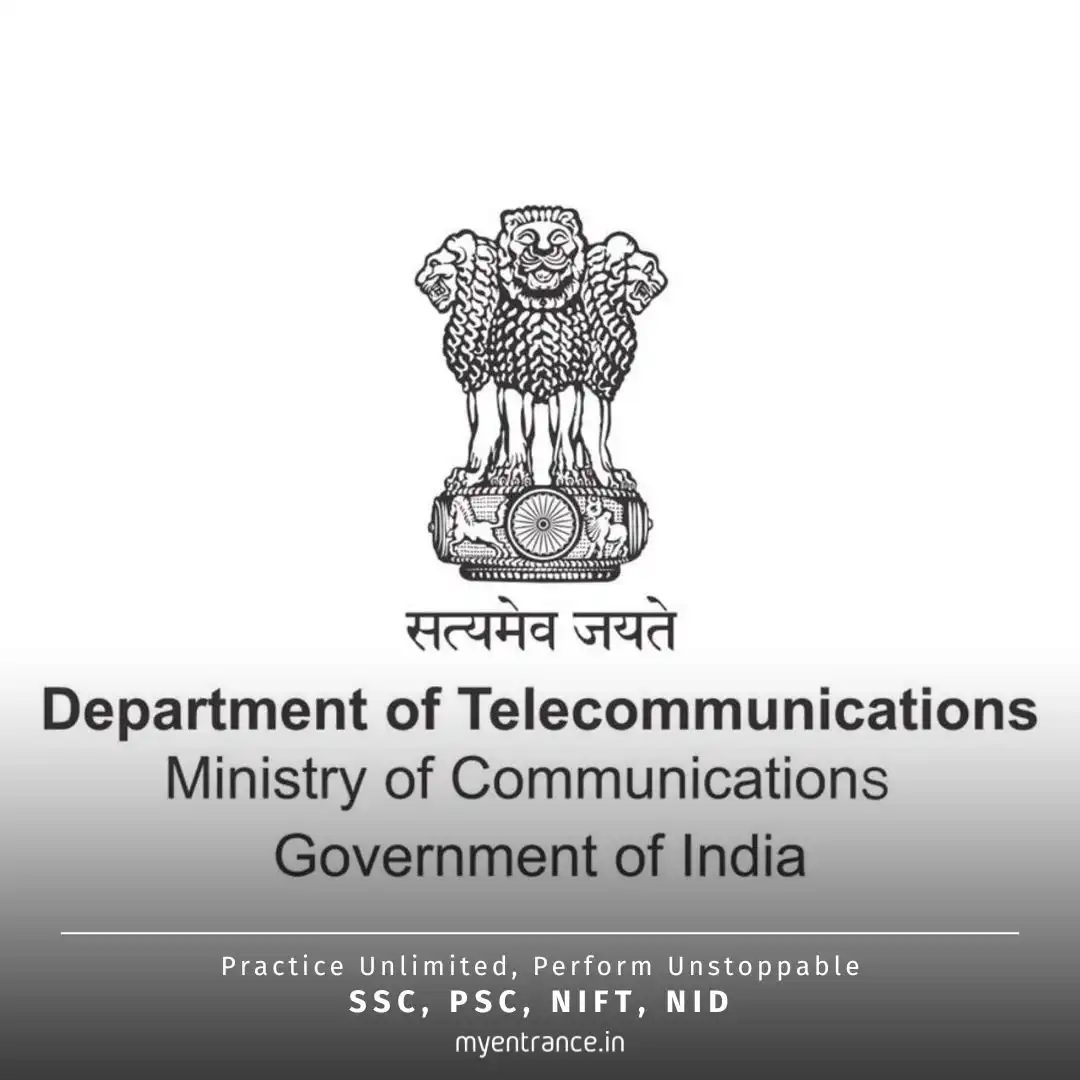Translate Language
Can India Lead Global AI Governance Without a Clear Strategy?
India aspires to lead global AI governance, leveraging its democratic values and digital prowess. However, the ₹10,000-crore IndiaAI Mission operates without a Cabinet-backed mandate or national strategy. Here’s why this gap threatens India’s AI ambitions.

The Global AI Race: Where Does India Stand?
The world is witnessing a tectonic shift in artificial intelligence. The US and China dominate innovation, while the EU focuses on regulation. India, positioned as a voice for the Global South, seeks to influence global AI governance. But ambition alone isn’t enough.
IndiaAI Mission: High Budget, Low Authority?
Approved in 2023 with over ₹10,000 crore, the IndiaAI Mission is a significant investment. Yet, it’s housed under a Section 8 company in MeitY, led by a bureaucrat, and lacks Cabinet endorsement. Unlike the US, UK, China, and the EU—all guided by formal national strategies—India’s approach remains fragmented.
Structural Hurdles in India’s AI Ecosystem
Weak R&D Foundation: India spends just 0.7% of GDP on R&D (vs. 2-3% in leading economies), stifling innovation.
Service-Oriented IT Sector: Focused on deployment, not frontier research. Indian IT giants invest modestly in AI compared to global peers.
Funding Misalignment: Venture capitalists target consumer tech, not deep-tech. India lacks AI-first “national champions” like OpenAI or Baidu.
Governance Gap: No parliamentary oversight or public consultation framework exists for AI policies.
Urgent Fixes: A Blueprint for Success
To compete globally, India needs:
A Cabinet-approved National AI Strategy presented to Parliament.
An empowered regulatory body with cross-ministerial authority.
Policies aligning R&D, industrial growth, and security.
Frameworks for public engagement and accountability.
AI in Action: Transforming Key Sectors
From healthcare (diagnostics) and education (personalized learning) to judiciary (case analysis), AI’s potential is immense. But without foundational fixes, India risks missing this revolution.
Sample Q&A for Exam Prep (Based on Syllabus):
Q1: How does the IndiaAI Mission differ from AI strategies of the US/EU?
A1: Unlike the US/EU’s Cabinet-backed national strategies, IndiaAI operates without parliamentary oversight or a formal mandate, limiting its effectiveness.
Q2: Why is R&D investment critical for India’s AI ambitions?
A2: With just 0.7% GDP spent on R&D (vs. 2-3% globally), India’s shallow research base impedes breakthrough innovations.
Q3: What structural issue plagues India’s private IT sector in AI?
A3: It’s service-oriented, focusing on deploying existing AI tools rather than pioneering foundational research.
Q4: Define ‘Artificial General Intelligence’ (AGI). How is it distinct from ANI?
A4: AGI replicates human-like reasoning across diverse tasks, while ANI (e.g., Netflix recommendations) excels only in narrow domains.
Q5: What key reform does India need to lead in AI governance?
A5: A Cabinet-endorsed National AI Strategy with clear roadmaps, public consultation, and parliamentary accountability.
Why Is This Important for Exams?
Current Affairs (Prelims): AI governance is a hot-button global issue; questions on IndiaAI Mission, GDP-R&D ratios, and global AI leaders are recurring themes.
Mains (GS II/III): Tests understanding of policy gaps (e.g., “mission without mandate”), sci-tech applications, and India’s role in global governance.
Competitive Edge: Exams like UPSC, SSC, and PSC prioritize tech-policy intersections. Analyzing India’s AI challenges builds critical thinking for essay/solution-writing.
Get 3 Months Free Access for SSC, PSC, NIFT & NID
Boost your exam prep!
Use offer code WELCOME28 to get 3 months free subscription. Start preparing today!















